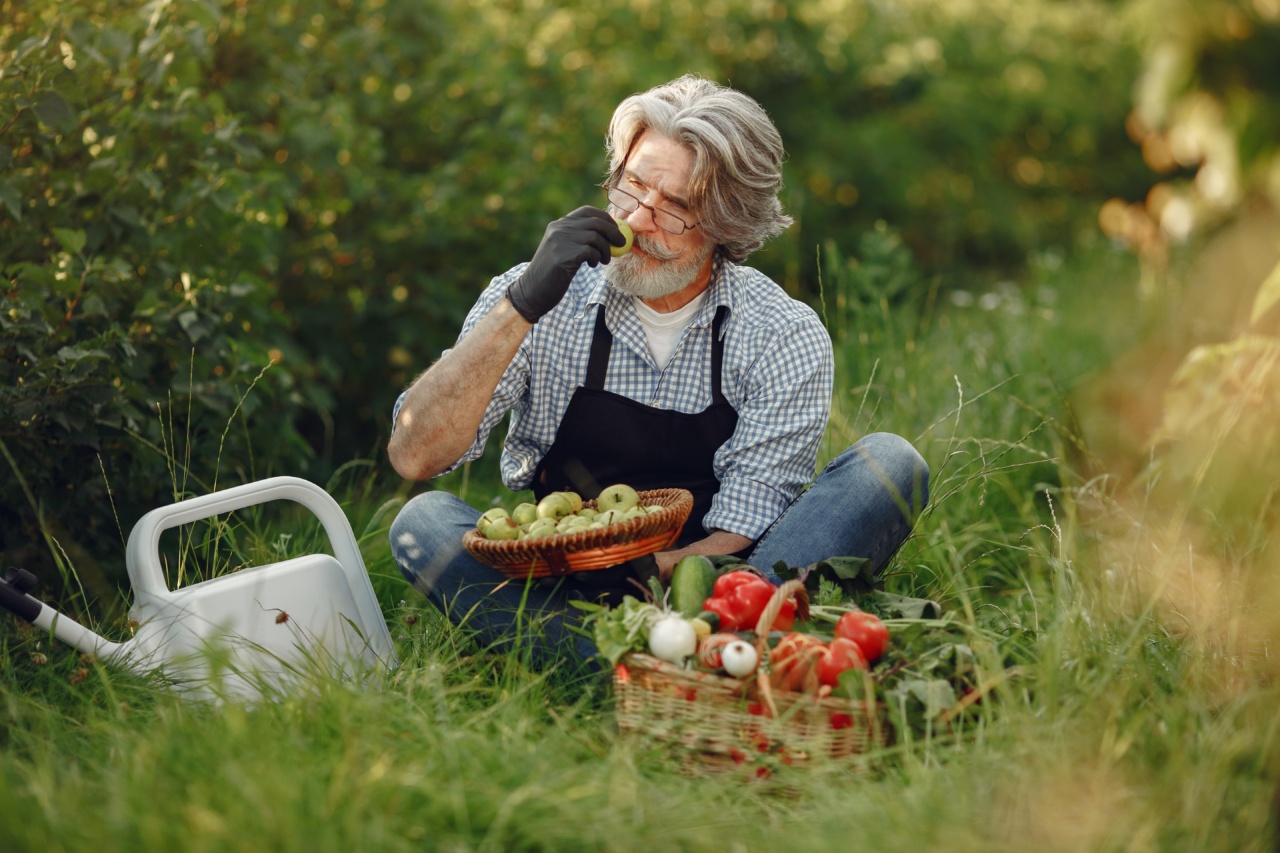Breast cancer is one of the most common forms of cancer among women in the world today. It occurs when breast cells undergo abnormal growth and divide uncontrollably.
There are several risk factors for breast cancer, including age, genetics, and lifestyle choices such as diet and physical activity. In this article, we explore the link between eating fruits and how it can lower the risk of breast cancer.
Fruits and Breast Cancer Prevention
Eating a variety of fruits is an essential part of a healthy diet. They are a rich source of vitamins, minerals, antioxidants, and other nutrients that are beneficial to the body.
Research has shown that consuming fruits can help lower the risk of several types of cancer, including breast cancer.
Antioxidants in Fruits
Fruits contain antioxidants such as vitamin C, vitamin E, and beta-carotene that help protect the body from oxidative stress.
Oxidative stress is a condition where there is an imbalance of free radicals and antioxidants in the body, resulting in damage to cells and tissues. This damage can potentially lead to the development of cancer. Antioxidants in fruits prevent this damage and lower the risk of breast cancer.
Phytochemicals in Fruits
Phytochemicals are compounds found in fruits that have potent antioxidant properties. They include flavonoids, carotenoids, and polyphenols. These compounds are known to have similar effects to antioxidants in reducing oxidative stress in the body.
They also prevent the growth of cancer cells by inhibiting their ability to divide and multiply, effectively lowering the risk of breast cancer.
Role of Fiber in Fruits
Fruits are a good source of dietary fiber, which is beneficial for overall health. Fiber helps regulate bowel movements and promotes satiety, which aids in weight management. Being overweight or obese is a risk factor for breast cancer.
Therefore, consuming an adequate amount of fiber from fruits can reduce the risk of breast cancer.
Fruits and Hormones
Hormones play a crucial role in the development of breast cancer. Studies have shown that consuming fruits, particularly those rich in phytoestrogens, can lower the risk of breast cancer.
Phytoestrogens are compounds that have a similar structure to estrogen, a hormone that can promote the growth of breast cancer cells. However, phytoestrogens have a weaker estrogen-like effect, which means they do not have the same cancer-promoting effects as estrogen. Therefore, consuming fruits with phytoestrogens can help lower the risk of breast cancer.
Fruits to Include in Your Diet
There are several fruits that you can include in your diet to lower the risk of breast cancer. These include:.
- Berries such as strawberries, raspberries, and blueberries
- Citrus fruits such as oranges, grapefruits, and lemons
- Apples
- Pears
- Pomegranates
- Grapes
- Kiwi fruit
- Mangoes
- Papayas
- Pineapple
Conclusion
In conclusion, including fruits in your diet can significantly lower the risk of breast cancer. Fruits contain antioxidants, phytochemicals, and fiber, which work together to prevent cancer cell growth, oxidative stress, and regulate hormones.
By adding a variety of colorful fruits to your diet, you will be providing your body with essential nutrients that promote overall health and prevent the development of cancer.






















